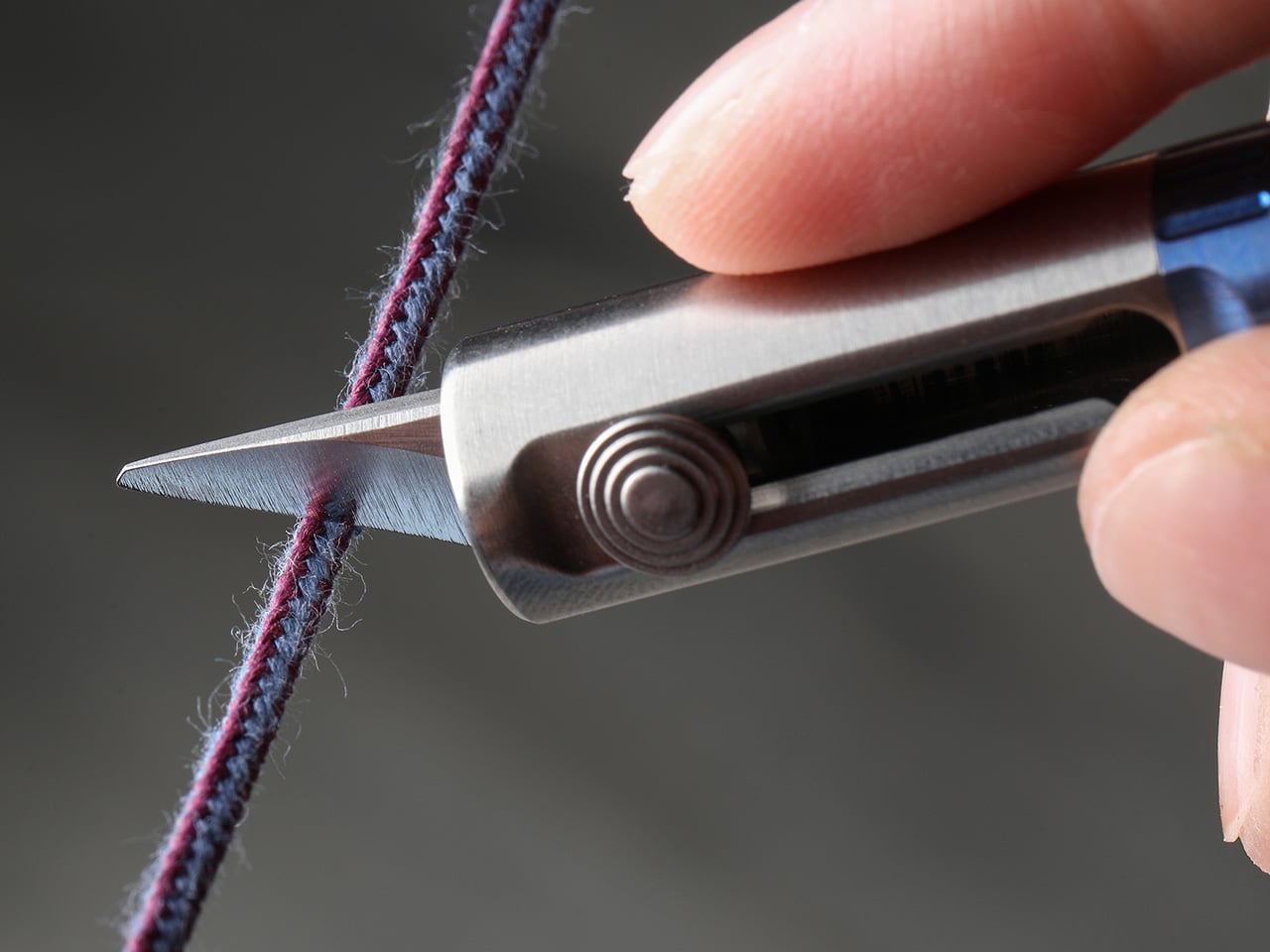Mobile tyre fitting experts share tips on how frequently you should replace your tyres
Tyres are one of the most crucial components of any modern moving vehicle. It is a tyre and tyres alone that affect the way your car accelerates..

Tyres are one of the most crucial components of any modern moving vehicle. It is a tyre and tyres alone that affect the way your car accelerates, handles and brakes. With time and usage tyres start wearing out. A worn out tyre also starts losing on its performance across certain aspects. Ideally you must have your old and wearing out tyres replaced with fresh and new ones before the situation becomes so worse. Now there is one more aspect that should consider too. In the summer months incidents of tyre blown outs are quite common. Why does this happen? Old worn out tyres are already fragile and the higher temperatures of the summer months make those already fragile tyres even more prone to blowouts.
So it is also crucial that you know when you should have your tyres changed. In the following sections of this blog post let us explore all these crucial aspects and much more related to proper caring and maintenance of tyres.
Time to change your existing tyres
Every tyre must be replaced after a certain period of time and there is no other way about it. with proper maintenance of tyres, which include performing wheel alignment, tyre rotation, wheel balancing, regular checking of tyre pressure among other things, it is possible to lessen the rate of wearing of tyres. But after a certain point of time you are left with no other option but to have your old and existing tyres replaced. When it is about time to replace a tyre, the tyre itself starts giving a few indications. You should know to read those indications on time so that taking the right step is easy before it is too late. Trained professionals who provide the service of mobile tyre fitting in Barnet explain how you can read hose signs easily across the following sections of this post.
Tread of a tyre
Each and every tyre comes with a wear; you can see the wear between its treads. A tyre is worn out and its replacement is necessary when you see the tread is even with the tread wear indicator. This condition also denotes the tread depth of the tyre has sunk very close to or below 1.6 mm. By the it is relevant to mention that as far as the United Kingdom is concerned, the minimum permissible tread depth of a tyre – as permitted under the law – is 1.6 mm. If the tread depth of your tyre sinks below 1.6 mm, in that case you could be heavily fined for each tyre with the tread depth below the legally permissible level.
Damage sustained by a tyre
The read depth is not the only matter of concern for your tyres. A tyre may have sufficient tread depth left on it but a closer look may reveal it has sustained cracks, cuts, bulges and uneven wear. Many such tyres also undergo dry rotting. Such a tyre must be replaced immediately as these damages are irreversible.
A dry rotted tyre may blow out any moment especially when you drive the vehicle at high speed on highways in summer or place heavy loads on it. There can also be situations like a tyre passes tread depth and does not have any dry rotting. But it has high and low spots present across the surface of its tread. This condition is called cupping and in this case too, the tyre must be replaced with a new one, explain professionals who deal with the services of mobile tyre fitting in Barnet.
A punctured tyre
Dealing with a punctured tyre is also not easy. You have to examine it thoroughly from inside to determine whether it can be repaired or better to replace. A large number of automobile experts and tyre specialists recommend if a tyre with sufficient tread depth left sustains a puncture along the sidewall or a puncture measures more than ¼ inches in dimension then replacing the tyre outright is better repairing.
The age of a tyre
A tyre may show signs of ageing when it is frequently used, used occasionally or left unused most of the times. As a matter of fact ageing of tyres is affected by a number of factors like the climatic conditions of a place, existing conditions of the road, the type of vehicle in question, individual driving style, maintenance routine that is followed to name a few. To cut a long story short, tyres age differently based on a number of factors irrespective of when those were manufactured. In other words you have to stay vigilant about the external appearance of your tyres suggest mobile tyre professionals in Barnet. In case you come across any sign of ageing it is better to consult the matter with a tyre expert.
Number of years a tyre lasts
Usually tyre manufacturers warn you not to use a tyre that is above 10 years old. But the fact is somewhat different; the compounds and components present in a tyre start hardening and may also turn little brittle when left to oxidation for about five to six years. So, after a tyre has completed 5 years from its date of manufacturing it must be diagnosed thoroughly at least once a year to make sure it is in a condition to run safely.
Deciphering the manufacturing date of a tyre is easy when you spare a closer look at the sidewall. It is represented by a combination of four digits. Say for example the numerical on a tyre sidewall reads 3622. This denotes the tyre was manufactured in the 36the week of the year 2022.
According to professionals, who run mobile tyre shop in Barnet, tyres have no official expiry date. The lifespan of any tyre is affected by a number of factors like climatic condition, driving style, storage condition, vehicle load, and tyre pressure, etc. Deterioration of any tyre is much faster when it sits unused than when it runs on the road. When you drive your vehicle a lot regularly, the tread of your tyres wear out fast while on the other hand if you are an occasional driver, the rubber of your tyres is likely to decompose faster.
Changing all the tyres at a time
When a tyre on your car needs urgent replacement, should you replace just the damaged one or all four at once? For your vehicle to brake, accelerate, and steer safely and efficiently, all tyres must be in good condition and of the same type, size, and specification. Experts from a leading tyre fitting Barnet service and mobile tyre repair company in London recommend replacing all four tyres at once to ensure optimal performance and safety.















































































